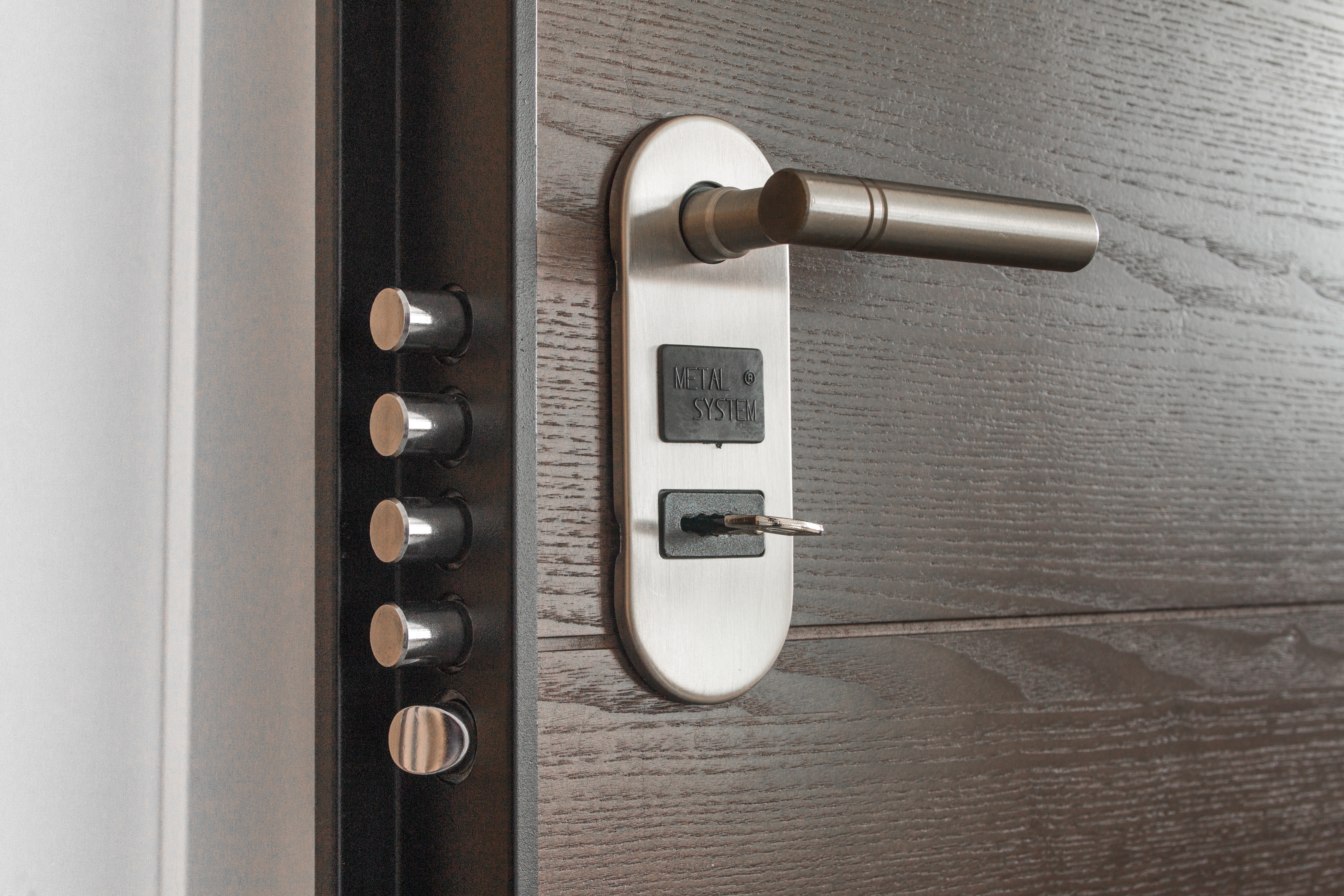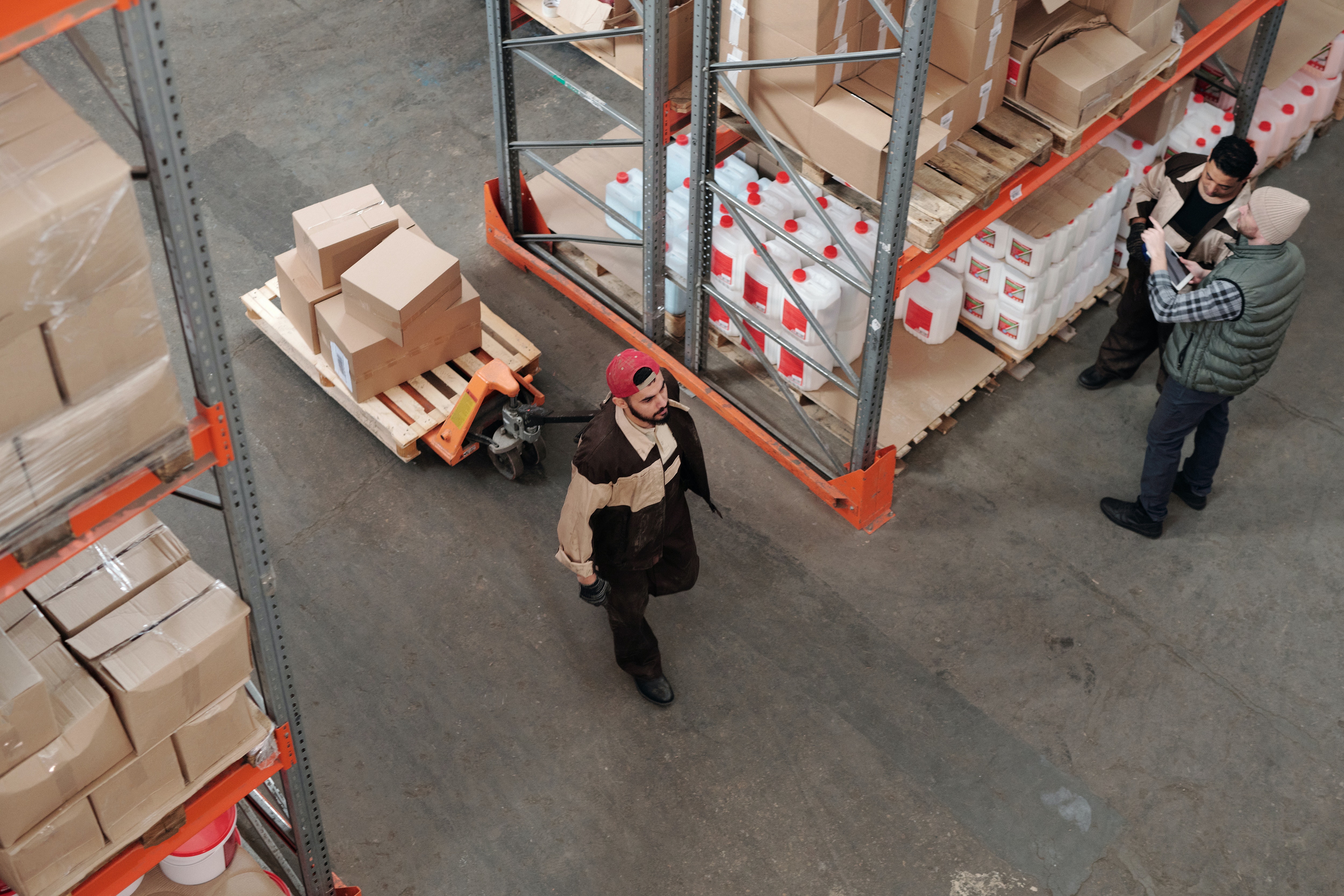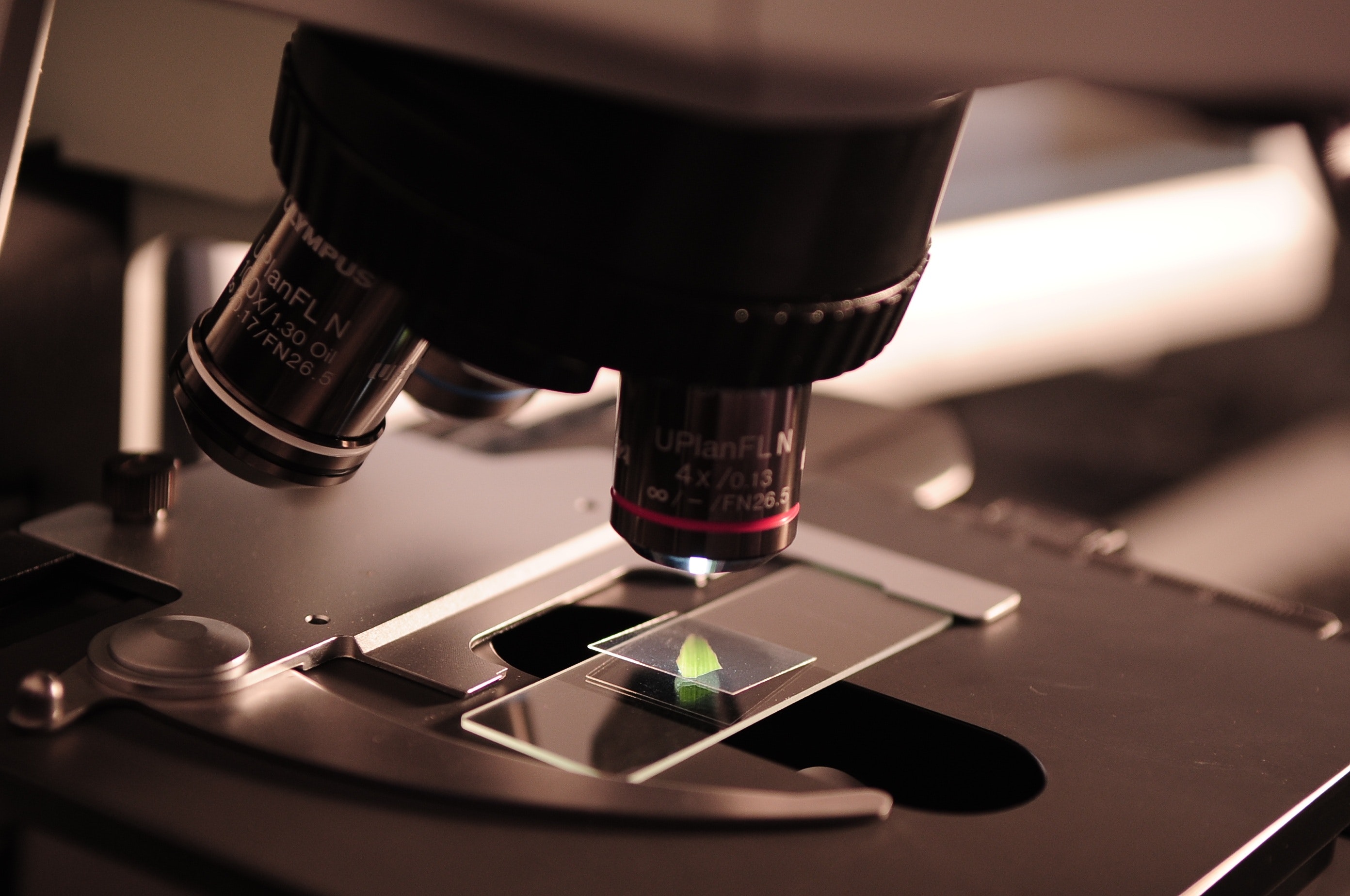Door interlocking is an important safety measure in pharmaceutical industries. It helps to reduce the risks associated with hazardous materials that are used and stored in pharmaceutical plants. Door interlocking systems work by ensuring that two or more doors cannot be opened at the same time, thus preventing access to dangerous substances. This reduces the likelihood of accidents, such as spills or personnel entering a hazardous area without proper supervision or protective gear. Furthermore, door interlocking can help protect pharmaceutical workers from potentially unsafe working conditions due to unauthorized personnel entering areas where they do not belong. By using door interlocking systems, pharmaceutical companies can maintain a safe environment for their staff and customers while also providing adequate security measures against theft and other malicious activities. Ultimately, door interlocking is an essential tool for pharmaceutical companies that wish to comply with safety regulations and ensure the protection of their personnel and customers.
Importance of Interlocking
Installation of an interlocking system is a requirement of many regulatory bodies because it alerts if any door remains open after a man or material flow. It provides awareness to the working staff for proper usage of airlocks and provides extra measures to prevent cross-contamination.
Components of Interlocking System
A good interlocking system has the following main components,
- Electric Lock
- Green Lock
- Red Light
- Alarm
- Control Panel
Electric Lock
The main component of an interlocking system is an electric or magnetic lock. The lock is opened and locked depending upon the usage. The lock is attached to the upper portion of the door.
Green Light
The lighting system is used in the interlocking system to show the status of doors. A green light means that a door is properly closed.
Red Light
When a red light is on in an interlocking system, it means the door is open.
Alarm
An alarm system can be used in an interlocking system to ensure the proper opening and closing of doors. This can help to prevent unauthorized access and ensure safety.
Booth doors should not be opened simultaneously, and if anyone opens both doors at the same time, an alarm will ring.
Control Panel
A control panel is used to control the working of locks, lights and alarms. It is easy to use and install. The panel has a user-friendly interface.
In addition to providing a secure environment, door interlocking in pharmaceutical industries can help improve efficiency by ensuring that authorized personnel only have access to the equipment they need to complete their tasks. This helps reduce waste and unnecessary movement around the plant, as workers are not required to navigate through unauthorized areas or search for necessary items. Furthermore, door interlocking systems also help save energy costs by eliminating unnecessary airflow caused by open doors. By using this system, pharmaceutical companies can maximize resource utilization while maintaining a safe working environment. Ultimately, door interlocking is an integral component of production safety and efficiency in pharmaceutical industries. It helps reduce risks, improve efficiency, and ensure the security of personnel and customers.






